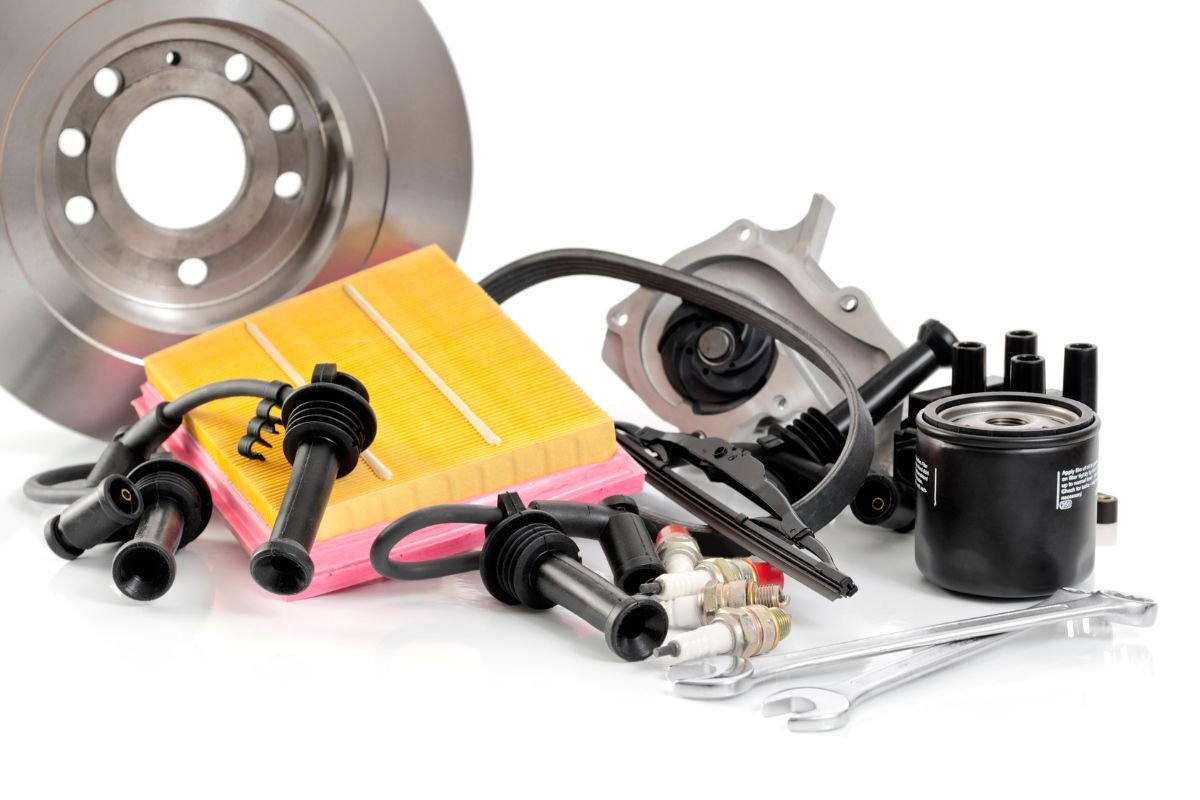
Are you facing a repair dilemma? When something breaks down – your car, your washing machine, even your phone – one of the first questions is: Should you use original spare parts or opt for the cheaper aftermarket alternatives? The short answer is: It depends. Choosing the right parts can significantly impact the lifespan, reliability, and overall cost of your repair. This guide dives deep into the pros and cons of original (OEM) versus aftermarket parts to help you make the best decision for your needs and budget. Need help deciding? Call us today for expert advice and assistance!
1. Introduction: The Repair Dilemma in the USA
In the USA, a nation known for its consumerism and technological advancements, dealing with repairs is an inevitable part of life. From fixing a leaky faucet to overhauling a car engine, repairs are a frequent necessity. A central question looms large during this process: should I prioritize using original (OEM) spare parts, or are aftermarket alternatives sufficient? This isn’t merely a question of price; it’s about reliability, safety, and long-term value. This article equips you with the knowledge you need to navigate this repair dilemma effectively.
2. What Are Original (OEM) Spare Parts?

3. The Allure of Aftermarket Parts
Aftermarket parts, on the other hand, are manufactured by companies other than the original equipment manufacturer. These parts are designed to be compatible with a wide range of makes and models and are often sold at a lower price point. Aftermarket parts are popular due to their affordability and widespread availability, offering a budget-friendly solution for many repair needs. However, the lower cost often comes with trade-offs that need careful consideration.
4. Original Parts: The Pros & Cons
4.1. Quality and Reliability
One of the primary advantages of OEM parts is their superior quality and reliability. Because they are made to the exact specifications of the original equipment, they are guaranteed to fit and function as intended. This reduces the risk of premature failure, ensuring long-lasting performance and reducing the likelihood of future repairs. Furthermore, many OEM parts come with a warranty, providing added peace of mind.
4.2. Matching to the machine specific
While OEM parts offer numerous benefits, they are generally more expensive than aftermarket alternatives. The cost can be a significant barrier for some consumers. Additionally, certain OEM parts may not be readily available, leading to longer wait times and potentially delaying your repair. It’s important to weigh these drawbacks against the advantages to make an informed choice.
5. Aftermarket Parts: The Pros & Cons
5.1. Cost Savings & Availability
Cost is the main reason many consumers opt for aftermarket parts. These parts can be significantly cheaper than OEM options, making them an attractive choice for budget-conscious individuals. Additionally, aftermarket parts are usually easier to find, available from a variety of sources, including online retailers and local auto parts stores.
5.2. Potential Risks
Despite the cost savings, aftermarket parts come with several potential risks. The quality of aftermarket parts can vary widely, with some being substandard and prone to failure. These parts may not fit as precisely as OEM parts, leading to performance issues and the need for additional adjustments. Additionally, using aftermarket parts may void the warranty of your equipment. It’s crucial to assess these risks carefully before deciding to use aftermarket parts.
6. When Original Parts Really Matter
6.1. Safety-Critical Components
There are situations where using OEM parts is not just a preference but a necessity. For safety-critical components such as brake pads, airbags, and engine parts, it’s imperative to use OEM parts. These parts are designed to meet stringent safety standards and provide reliable performance when it matters most. Compromising on these components can put your safety at risk.
6.2. Maintaining Value and Reliability
Using original parts in your car is like ensuring the appliance in your home is of top quality — it guarantees long-lasting performance and maintains value.

7. Making the Right Choice: Questions to Ask
7.1. Assess the repair importance
Consider how critical the item that needs repair is to your daily life. Is it something you rely on heavily, like your car for commuting or your refrigerator for keeping food safe? The more crucial the item, the stronger the argument for using OEM parts for reliability.
7.2. Get Expert Advice
Consulting with a professional repair technician can provide valuable insights and guidance. A technician can assess the condition of your equipment and recommend the best parts for your specific needs and budget. Look for technicians who are knowledgeable, trustworthy, and willing to explain their recommendations in detail.
7.3. Know Your Warranty
Always review the warranty of your equipment before making any repairs. Using non-OEM parts may void the warranty, potentially leaving you responsible for future repair costs. Be sure to understand the terms and conditions of your warranty to make an informed decision about repair parts. Unsure about your warranty? Contact us today for expert advice and assistance!
8. Finding Reputable Repair Services in the USA
Finding a trustworthy repair service is essential for a successful repair experience. Start by asking friends and family for recommendations. Look for repair shops that have positive online reviews and are certified by reputable organizations. Check if they offer a warranty on their workmanship, and don’t hesitate to ask questions about their qualifications and experience.
Conclusion: Informed Decisions, Better Repairs
Choosing between original (OEM) and aftermarket parts for repairs involves a careful balance of factors, including cost, quality, and long-term value. While aftermarket parts may offer immediate cost savings, OEM parts often provide superior performance and reliability. By considering your specific needs, consulting with a qualified technician, and understanding the potential risks and benefits, you can make informed decisions that result in better repairs and long-lasting value. Have questions or need expert guidance? Call us today for personalized advice and assistance!

